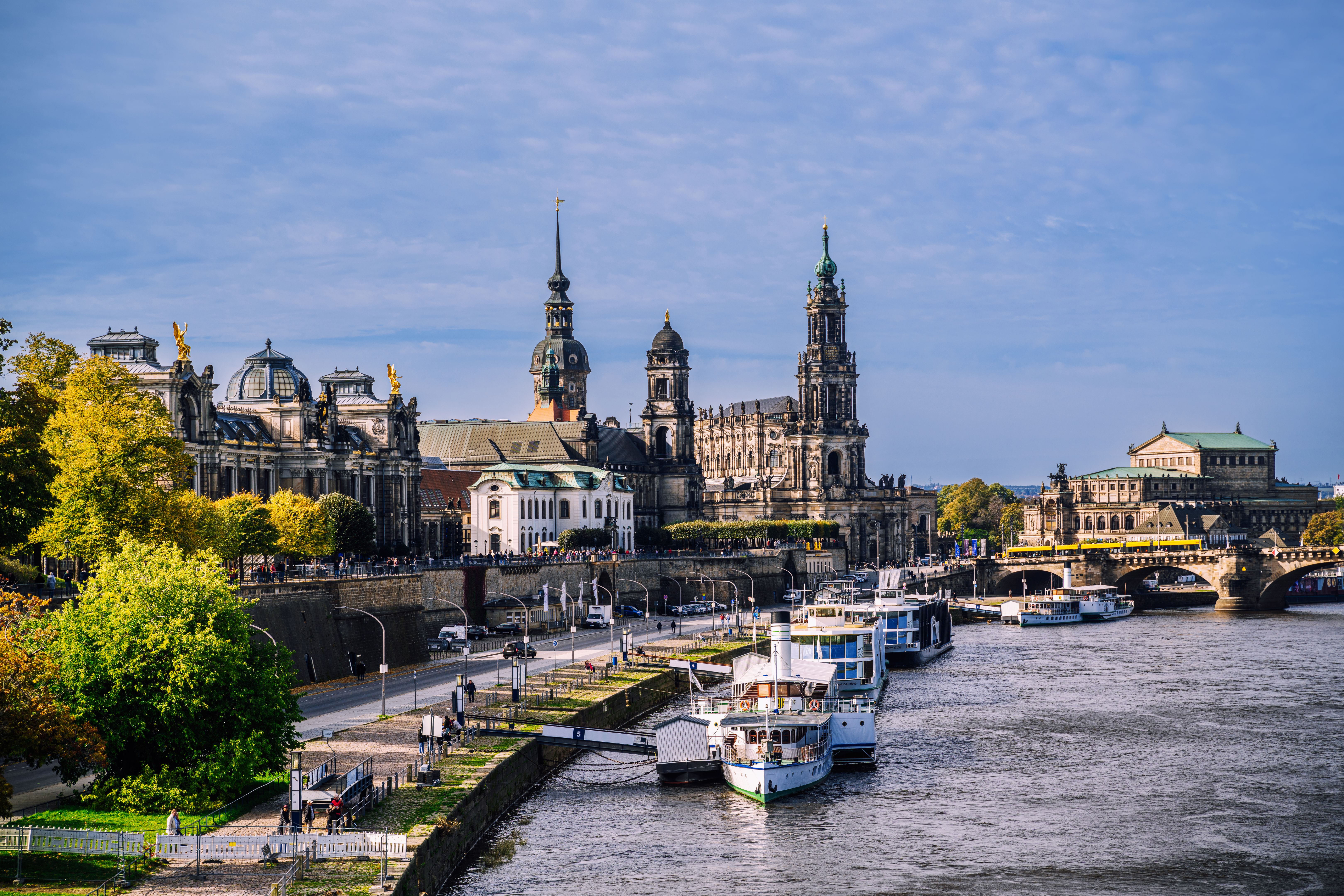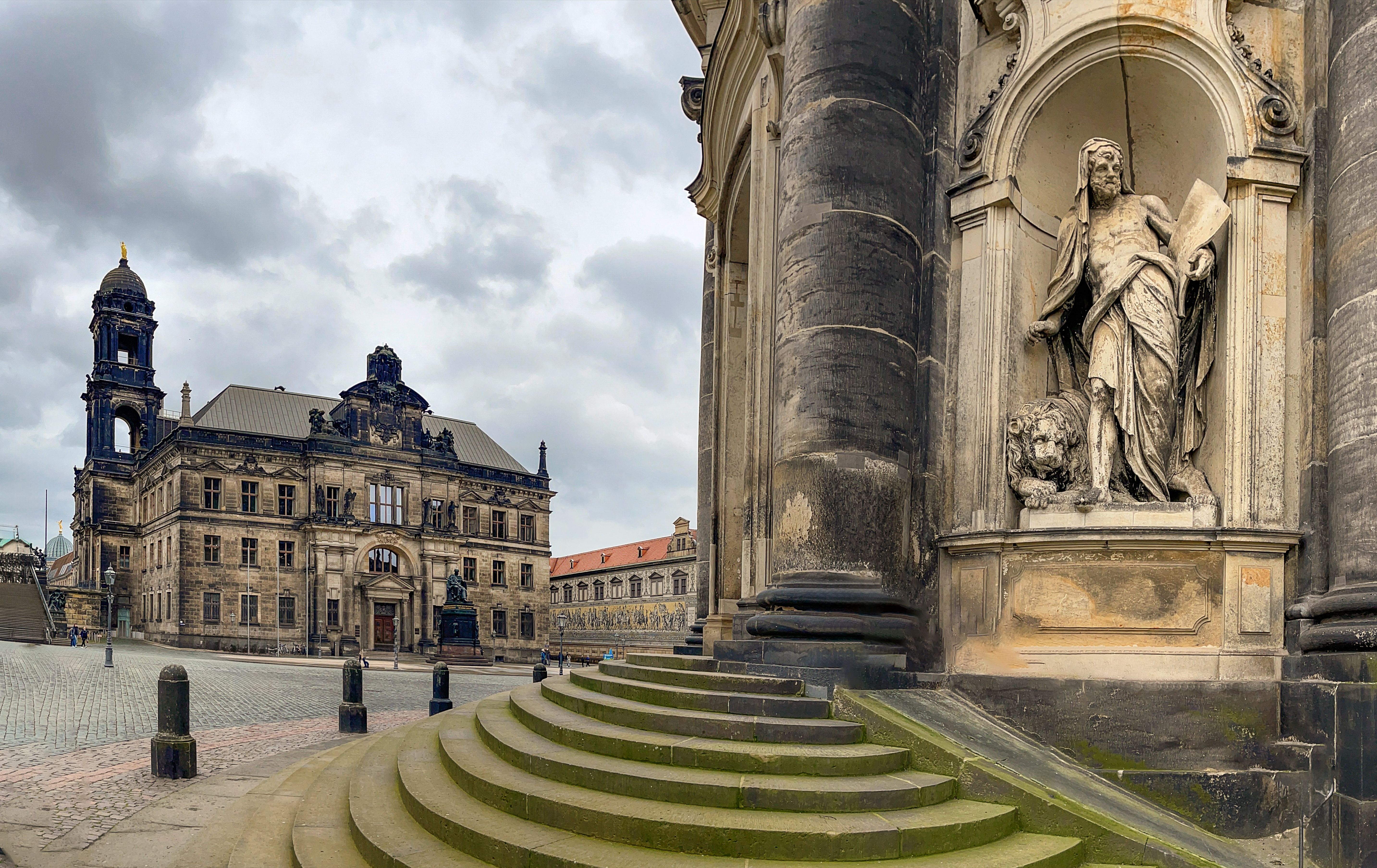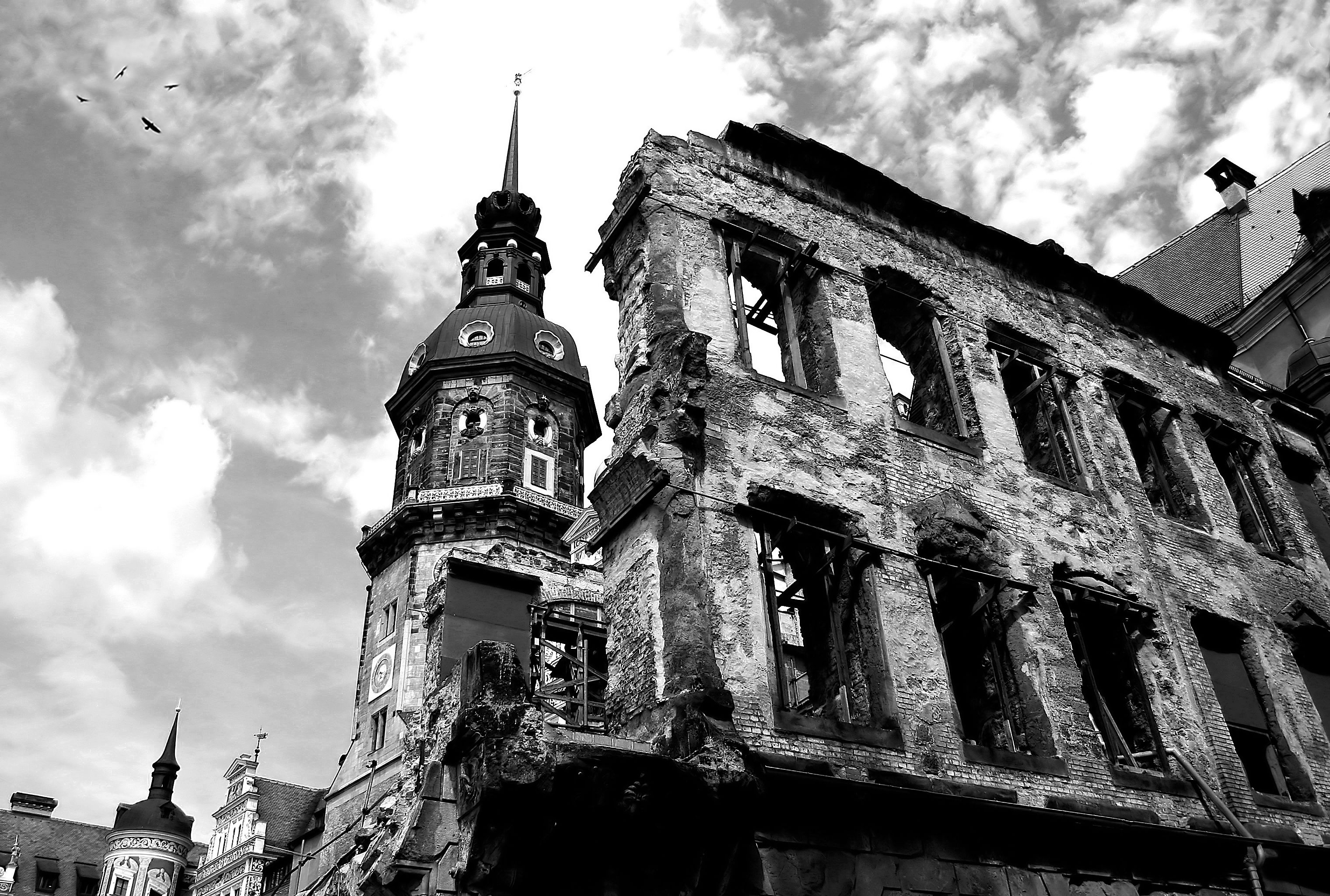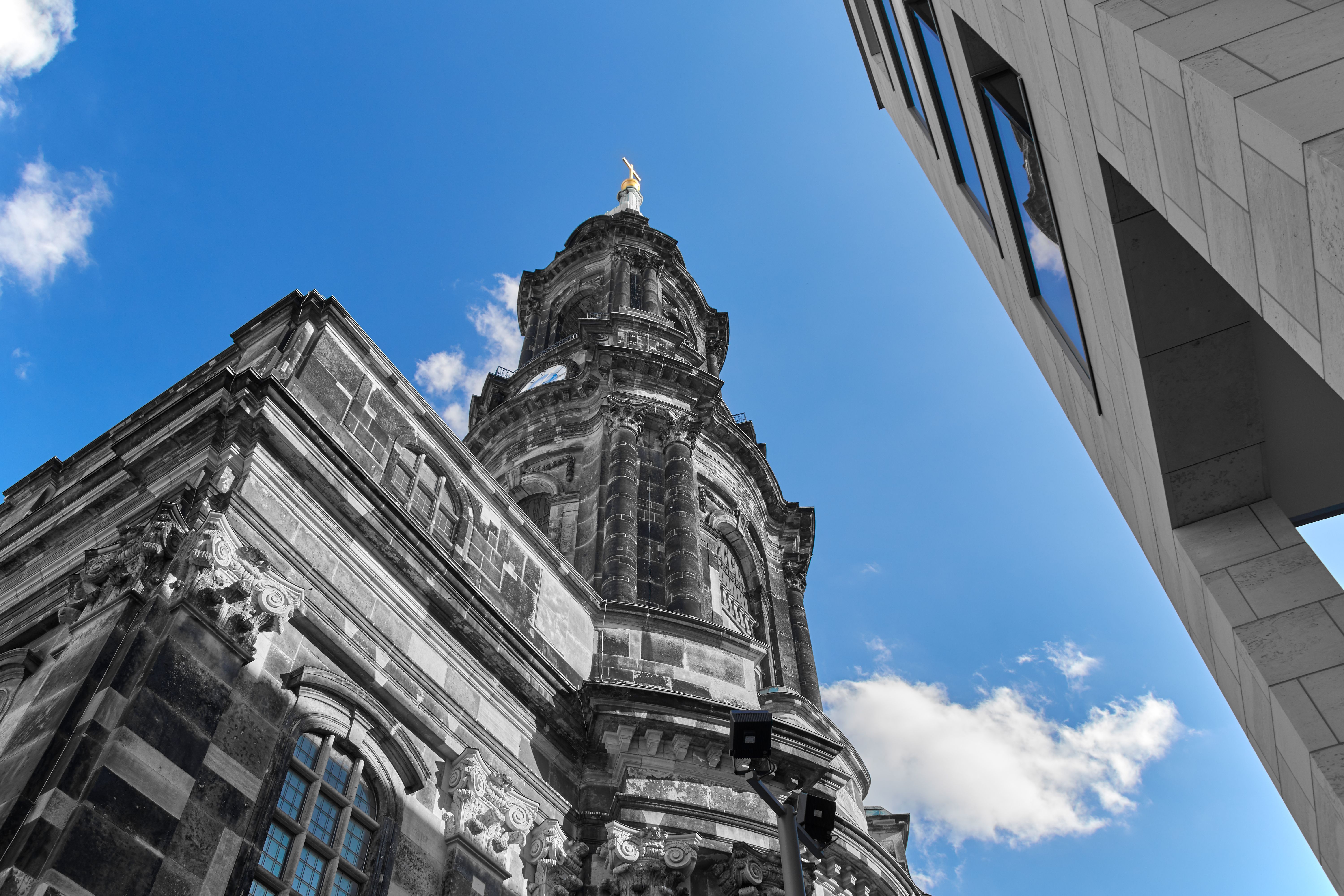The Transformation of Dresden: Before, During, and After World War II
RR
The Historical Significance of Dresden Before World War II
Dresden, often referred to as the "Jewel Box" of Germany, was renowned for its stunning architecture and rich cultural heritage before World War II. The city was a center of art, classical music, and science, home to numerous cultural institutions and museums. Its Baroque and Rococo cityscape attracted visitors from all over the world, marveling at landmarks such as the Frauenkirche, Zwinger Palace, and Dresden Castle.
During the early 20th century, Dresden's flourishing art scene and intellectual climate made it a hub for artists and thinkers. The city's vibrant cultural life was complemented by its role as an important industrial center, producing goods ranging from ceramics to automobiles.

The Devastation of World War II
World War II brought unimaginable destruction to Dresden. During February 13-15, 1945, the city was subjected to a series of Allied bombing raids that resulted in a firestorm, obliterating much of its historic center. The scale of devastation was immense, with an estimated 25,000 civilians perishing in the attacks.
The bombing of Dresden remains one of the most controversial episodes of the war. Critics argue it was disproportionate to military necessity, given the city's limited strategic importance at that point in the conflict. However, it is essential to recognize the broader context of wartime strategies and the complex decisions faced by military leaders.

The Immediate Aftermath
In the aftermath of the bombings, Dresden lay in ruins. The city's once magnificent architecture stood as mere skeletal remains amidst piles of rubble. Many survivors faced dire conditions with limited access to food, shelter, and medical care as they navigated their new reality.
The task of rebuilding seemed insurmountable. However, resilient citizens began the arduous process of clearing debris and salvaging what they could from the wreckage. Despite the immense challenges, the spirit of Dresden's people shone through as they laid the foundation for their city's future resurgence.

Reconstruction and Resilience
Post-war Dresden underwent a remarkable transformation. Under Soviet occupation, efforts were made to reconstruct the city, albeit with a focus on socialist architectural principles. The reconstruction process was slow, with many historic buildings lost forever or rebuilt in simplified forms.
Despite these challenges, certain restoration projects became symbols of hope and resilience. The Frauenkirche, for instance, was meticulously rebuilt after German reunification, using original stones salvaged from the wreckage. It stands today not only as a testament to architectural prowess but also as a beacon of peace and reconciliation.
Modern Dresden: A City Reborn
Today, Dresden is a vibrant city that masterfully blends its rich history with modern innovation. It has become a thriving center for technology and research while maintaining its cultural legacy through restored landmarks and world-class museums.
The transformation of Dresden is a testament to human resilience and the power of collective effort. Visitors can now stroll through its picturesque streets, enjoying both historical sites and contemporary attractions that showcase the city's dynamic spirit.

A Symbol of Hope and Renewal
Dresden's journey from devastation to renewal offers valuable lessons in perseverance and healing. Its story is not only about rebuilding physical structures but also about reconciling with a complex past and forging a path towards a harmonious future.
As Dresden continues to evolve, it stands as a symbol of hope and renewal for cities around the world that face similar challenges. Its transformation serves as an inspiration for generations to come, reminding us that even in the face of great adversity, recovery is possible through unity and determination.